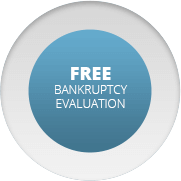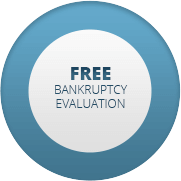People tend to view filing for bankruptcy as a reflection of poor financial decisions, but the truth is that medical debt is one of the top causes of relentless debt in the United States. No one is immune to illness or accident, and even families who think they have good health insurance can find themselves buried under bills after an unexpected surgery or emergency room visit. Rising deductibles, treatments that aren’t covered, and surprise charges often combine to create bills that are impossible to pay and trigger a cycle of late payments, damaged credit, and eventually lead to filing for bankruptcy.
Unlike other forms of debt, most medical bills aren’t optional. Families can’t avoid hospital stays, medications, or follow-up care. When cash flow and budgeting are disrupted by doctor and hospital bills, something has to give, and it’s often credit cards and other debts that feel less urgent. Medical providers are prone to turning unpaid balances over to collection agencies quickly, and the tactics used by these organizations add to the stress. While bankruptcy is a serious step, it sometimes is the only option for regaining your financial footing.
Still, before turning to bankruptcy, it’s a good idea to investigate other options. Hospitals and medical providers often offer financial assistance programs or charity care that can substantially reduce bills. Negotiating directly with billing departments or using a medical debt advocate can also lead to significant discounts or payment plans that feel more manageable and less disruptive to your budget. Nonprofit credit counseling services can help consolidate medical debt, and many states offer consumer protection programs designed to curb aggressive collection practices.
If your household is struggling with overwhelming medical debt and you see no path to repayment, bankruptcy can provide a fresh start. Under Chapter 7 bankruptcy, eligible debts—including medical bills—can often be discharged entirely, though some assets may need to be liquidated. Chapter 13 bankruptcy lets families keep their property and repay a portion of their debt through a structured court-approved plan that creates more attractive terms, and sometimes reduces the total owed. While bankruptcy can severely affect credit, it also stops collection calls and lawsuits, and sometimes that’s the best relief of all.
If your medical bills are impacting your financial well-being, start by gathering all your documentation and exploring the help that’s available to you. Speaking with an experienced bankruptcy attorney can clear up whether alternatives exist or if bankruptcy is the best path. For help, contact us today.









